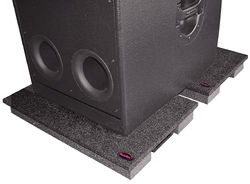Bel Canto Design DAC 1 D/A processor Measurements
Bel Canto Design DAC 1 D/A processor Measurements
- Read more about Bel Canto Design DAC 1 D/A processor Measurements
- Log in or register to post comments
Low-rez formats, high-rez formats, media servers, satellite radio, more vinyl, iTunes, <I>etc</I>. What do you think was the most important audio issue or event last year?
